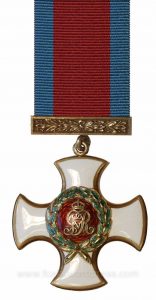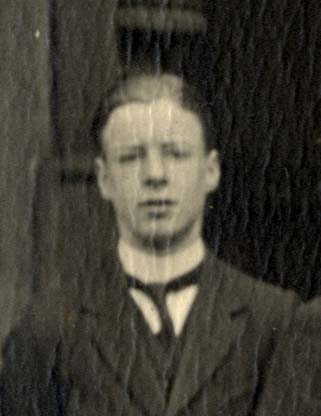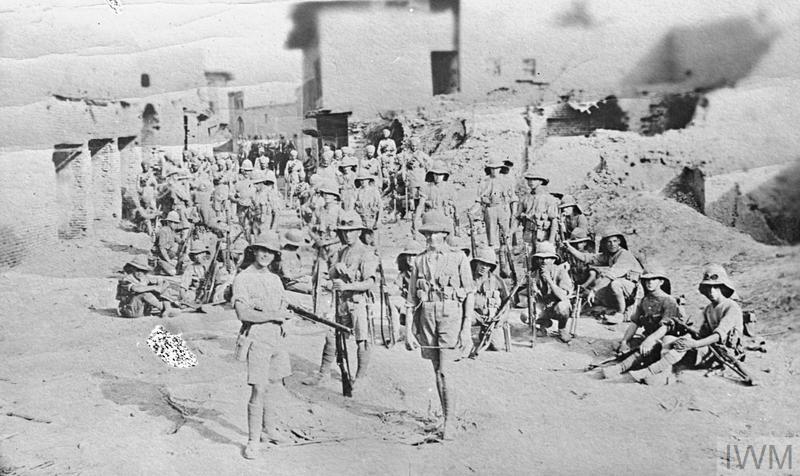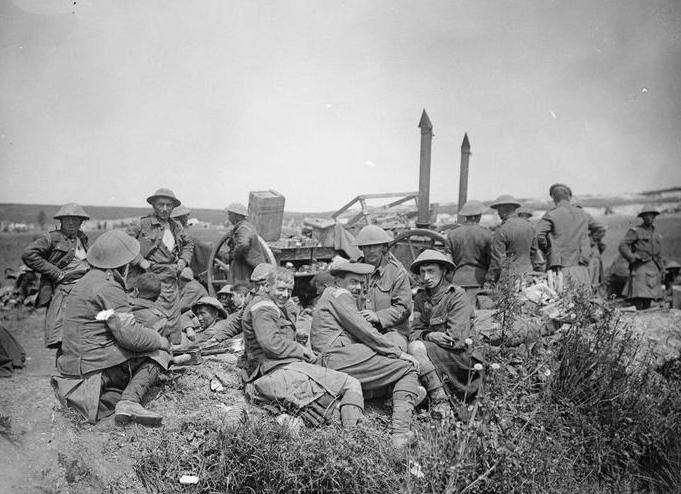Thomas Edwardes
 Thomas Edwardes was athletic whilst at Westminster. During his three years in Homeboarders’ House, he took part in the school’s racquets competition and played for the Football 2nd XI. In his final year he came second in the 300 yards race at Athletic Sports and represented his house in the tug of war, weighing 10st 9lb. With a partner, Ashley, he won the inter house fives competition. Thomas also represented the school in shooting competitions, practicing for which was made difficult due to the impossibility of procuring .303 ammunition. Perhaps as a consequence, the Westminster team did badly in its matches that year, but Thomas’ individual scores were respectable.
Thomas Edwardes was athletic whilst at Westminster. During his three years in Homeboarders’ House, he took part in the school’s racquets competition and played for the Football 2nd XI. In his final year he came second in the 300 yards race at Athletic Sports and represented his house in the tug of war, weighing 10st 9lb. With a partner, Ashley, he won the inter house fives competition. Thomas also represented the school in shooting competitions, practicing for which was made difficult due to the impossibility of procuring .303 ammunition. Perhaps as a consequence, the Westminster team did badly in its matches that year, but Thomas’ individual scores were respectable.
He left the school in July 1915 and had taken a commission as a 2nd Lieutenant in the 5th Battalion of the York and Lancaster Regiment by 4th August. He went out to the western front in January 1917 and was promoted to the rank of Lieutenant in July of that year. He was killed in action on 12th April 1918.



